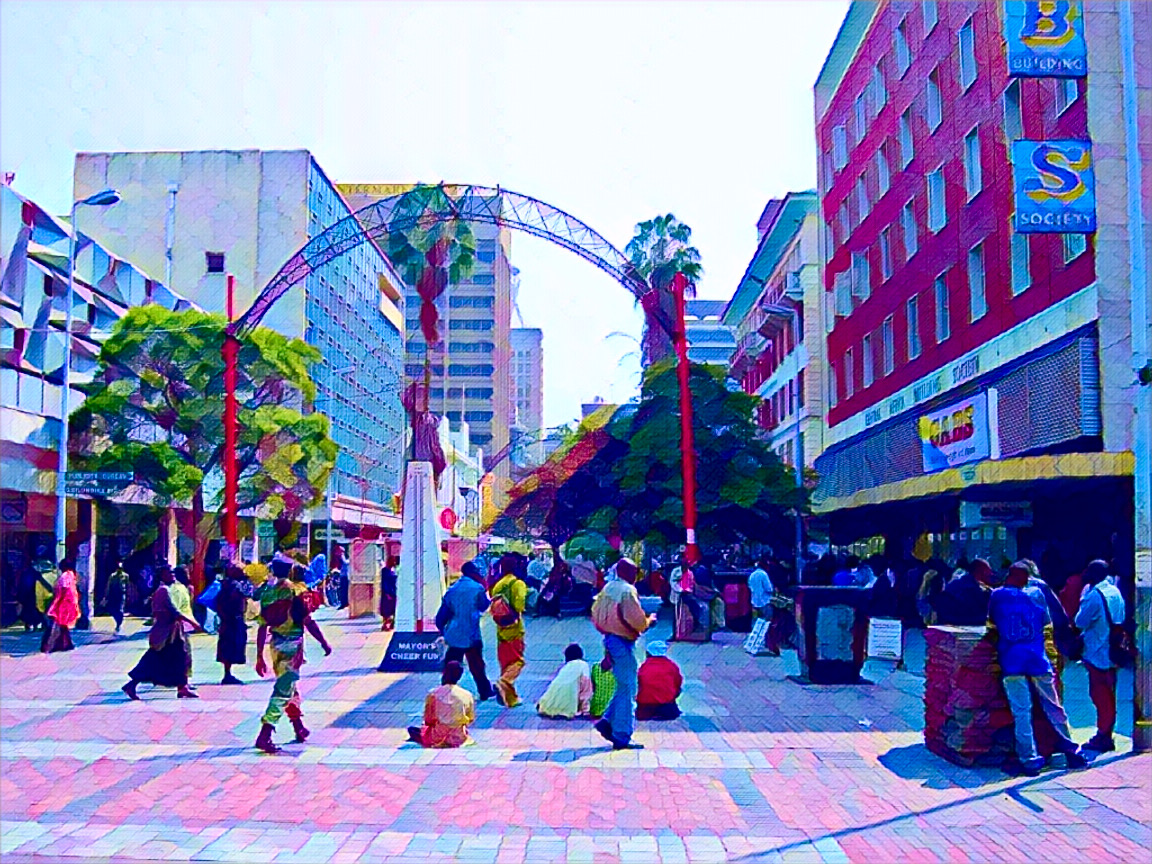KEY POINTS
- Harare’s rapid population growth strains infrastructure and public services.
- Informal settlements highlight socioeconomic disparities and lack of basic amenities.
- Environmental challenges necessitate climate-resilient urban planning.
Zimbabwe’s capital, Harare, is rapidly becoming a bustling metropolis due to urbanization. Both opportunities and problems come with this growth, necessitating all-encompassing policies to guarantee sustainable development and improved living standards for its citizens.
Population surge and infrastructure strain
The population of Harare has been growing fast, and by 2025, estimates suggest that it will reach four or five million people.
Due to the tremendous strain this increase puts on the infrastructure already in place, problems like traffic jams, subpar housing, and overburdened public services result.
The city’s infrastructure dilemma highlights the pressing need for all-encompassing and long-term solutions to deal with these issues and bring back necessary services for citizens.
Informal settlements and socioeconomic disparities
This problem has especially become worse as in many developing nations, fast urbanization of such cities continues to encourage social inequity through provision of annexes known as informal settlements.
Some residents they lack basic amenities such as washing facilities, portable water or even medical attention.
Growth of the Central Business District to neighboring residential areas has also causes low income groups to be relocated and urban blight.
This case points at the issue that arises to provide for an inclusive urban design system that has to accommodate the need of all the occupants.
Environmental concerns and climate resilience
A major concern with the current status of development and growth of the city centers is on environmental concerns like pollution of the environment, involvement in deforestation and vulnerability to adverse impacts of climate change.
The state of infrastructure crises of the city demonstrates the desperate significance of such comprehensive and sustainable solutions to these problems.
Environmental degradation and boosting the city’s ability to respond to climatic shocks require the integration of climate-resililient urban design and the encouragement of sustainability practices.
Transportation and mobility challenges
Congested roads and an absence of choices in the movement are due to the transportation system of the city failing to cone with the increasing population.
The problem is compounded by the fact that participants use unlicensed public means of transport hence causing inconveniences and insecurity.
The problems that have been identified require populations to adopt sustainable urban mobility solutions, for example through the provision of proper public transport systems and promotion of non-infrastructure facilities.
Policy initiatives and sustainable development
To address the complex issues of urbanization, Harare has started several policy measures aimed at fostering sustainable development.
The implementation of the Sustainable Cities Integrated Programme focuses on increasing urban and peri-urban resilience through investment in sustainable ecosystems.
In order to reinvigorate the city’s center and boost its economic vitality, initiatives are also being made to reinvent the CBD and incorporate worldwide thoughts for urban revitalization.


